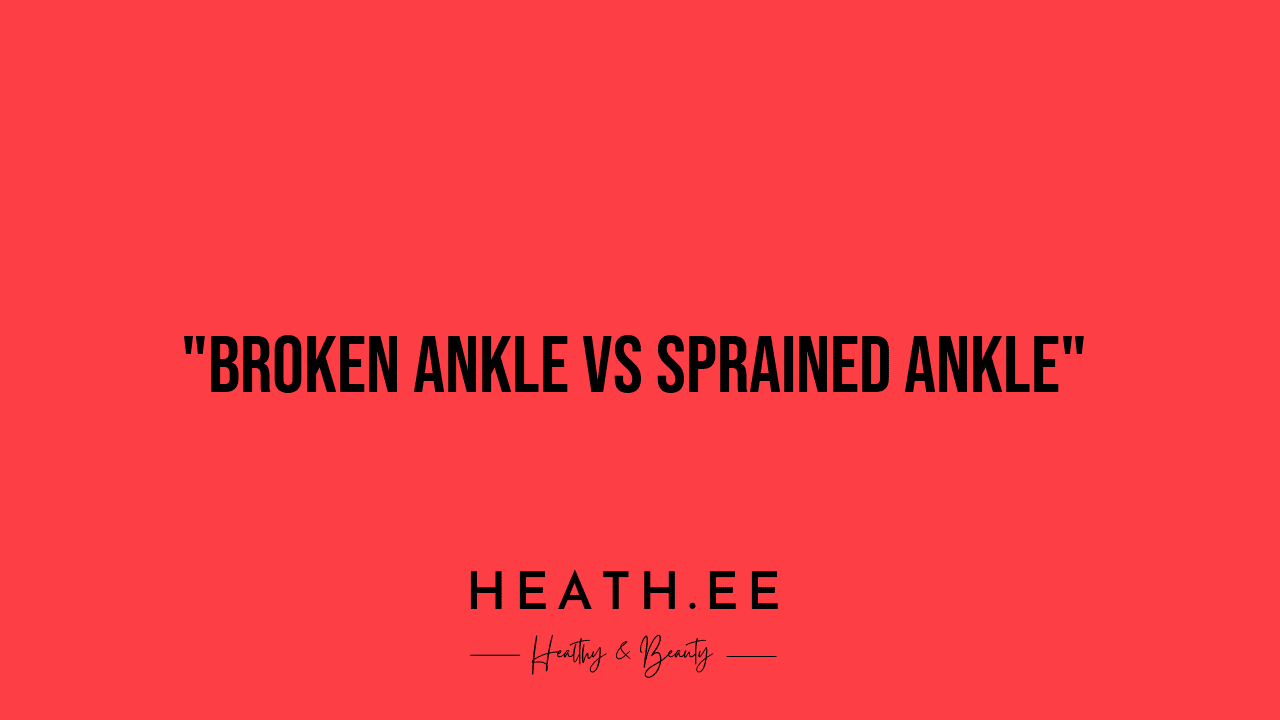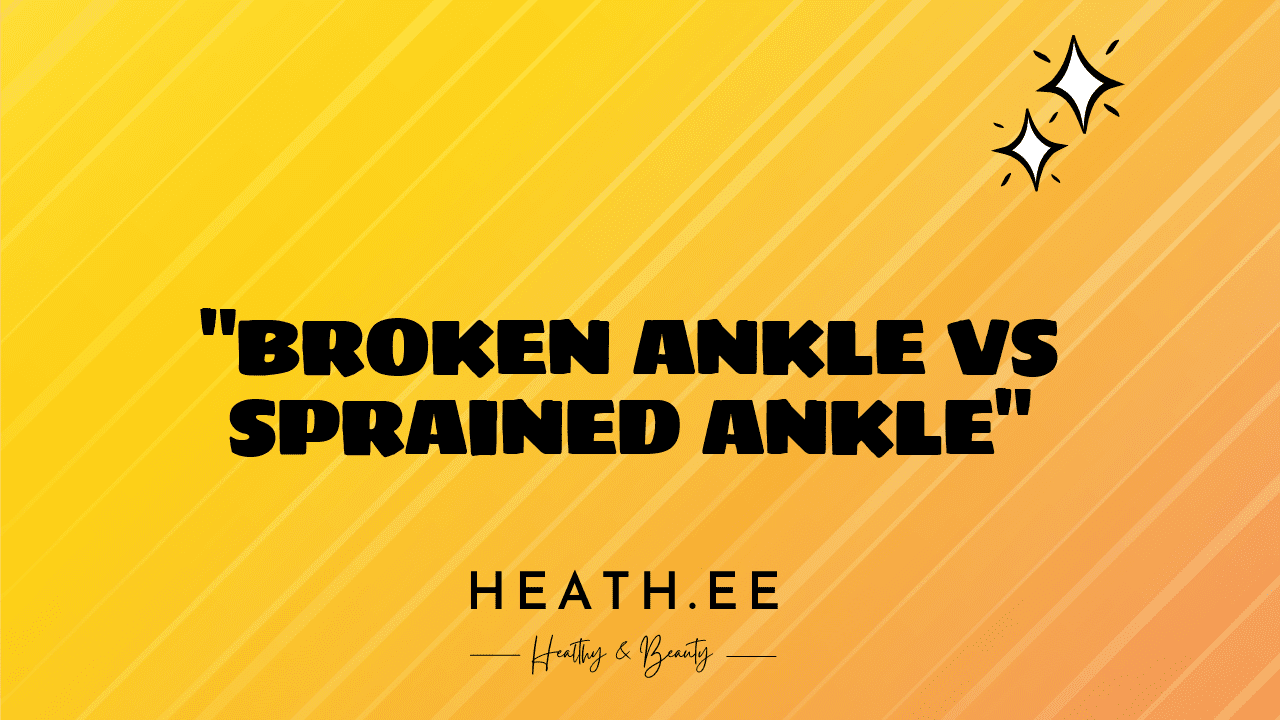Whether you’re a professional athlete or a weekend warrior, ankle injuries are a common occurrence. Knowing the difference between a broken ankle and a sprained ankle can help you make the best recovery decisions for your particular injury. In this blog post, we’ll take a comprehensive look at ankle injuries, including what causes them, how to recognize the difference between a broken ankle and a sprained ankle, and how to treat them.
What Causes Ankle Injuries?
Ankle injuries are usually caused by trauma, such as a fall, twist, or blow to the ankle. This trauma can damage the ligaments, bones, and tendons that make up the ankle joint. The most common causes of ankle injuries include:
-
Overuse: Activities that involve repetitive motions, such as running or jumping, can put extra strain on the ankle joint, leading to injury.
-
Weakness: If the muscles and ligaments that support the ankle are weak, they may not be able to support the joint properly, leading to injury.
-
Poor balance: Poor balance can lead to falls and other trauma that can cause ankle injuries.
-
Poor footwear: Shoes that don’t fit properly or don’t provide enough support can increase the risk of ankle injuries.

How to Recognize a Broken Ankle vs Sprained Ankle
The symptoms of a broken ankle and a sprained ankle can be similar, so it can be difficult to tell the difference. However, there are some key differences that can help you recognize the type of injury you have.
Broken Ankle
A broken ankle is a fracture in one or more of the bones that make up the ankle joint. Symptoms of a broken ankle may include:
- Severe pain
- Swelling
- Tenderness
- Bruising
- Difficulty bearing weight
- Deformity of the ankle joint
Sprained Ankle
A sprained ankle is an injury to the ligaments that support the ankle joint. Symptoms of a sprained ankle may include:
- Mild to moderate pain
- Swelling
- Tenderness
- Bruising
- Difficulty bearing weight
- Instability of the ankle joint
How to Treat a Broken Ankle vs Sprained Ankle
Treating a broken ankle and a sprained ankle require different approaches.
Broken Ankle
Treating a broken ankle usually involves immobilizing the ankle with a cast or brace, followed by physical therapy to help restore range of motion and strength. Surgery may be necessary in some cases.
Sprained Ankle
Treating a sprained ankle usually involves rest, ice, compression, and elevation (RICE). Nonsteroidal anti-inflammatory drugs (NSAIDs) can help reduce pain and swelling. Physical therapy can help restore range of motion and strength. Surgery may be necessary in some cases.

What Are the Long-Term Effects of a Broken Ankle vs Sprained Ankle?
The long-term effects of a broken ankle and a sprained ankle can vary depending on the severity of the injury and the type of treatment that is received.
Broken Ankle
The long-term effects of a broken ankle can include:
- Joint stiffness
- Loss of range of motion
- Weakness
- Instability
- Chronic pain
Sprained Ankle
The long-term effects of a sprained ankle can include:
- Joint stiffness
- Loss of range of motion
- Weakness
- Instability
- Chronic pain
What Are the Best Ways to Prevent Ankle Injuries?
The best way to prevent ankle injuries is to take steps to strengthen the muscles and ligaments that support the ankle joint, as well as to improve balance and flexibility. Some tips for preventing ankle injuries include:
-
Strengthen the muscles and ligaments that support the ankle joint through exercises such as calf raises, ankle circles, and heel raises.
-
Improve balance and flexibility through activities such as yoga, tai chi, and Pilates.
-
Wear shoes that fit properly and provide adequate support.
-
Avoid activities that involve repetitive motions, such as running or jumping.
-
Warm up and cool down before and after physical activity.
Conclusion
Ankle injuries are a common occurrence, and knowing the difference between a broken ankle and a sprained ankle can help you make the best recovery decisions for your particular injury. The best way to prevent ankle injuries is to strengthen the muscles and ligaments that support the ankle joint, improve balance and flexibility, and wear shoes that fit properly and provide adequate support. If you do sustain an ankle injury, it’s important to seek medical attention and follow your doctor’s instructions for treatment.



